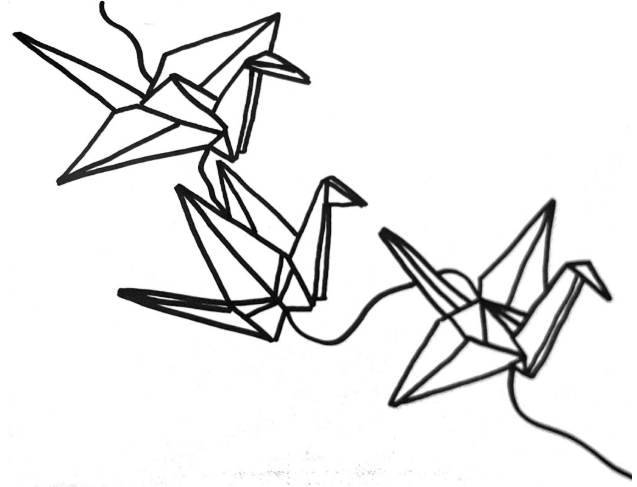The next few Summer Olympics will see a handful of sports either leaving, joining, or returning. While the world mourns the possible loss of weightlifting and boxing, it celebrates the return of baseball, softball, cricket, and lacrosse, and awaits the introduction of squash and flag football. On top of these, there is another newcomer to keep an eye on.
Breaking, often referred to as breakdancing, will make its debut in early August at the 2024 Paris Olympics, becoming the first dance-sport to appear in the Olympics. It first appeared in 2018 in the Summer Youth Olympics, with Russia and Japan both taking home a gold. Breaking’s success there played a role in its being added to the Paris roster.
The sport, an evolved part of hip-hop, includes technical footwork, airborne acrobatics, gravity-defying floorwork, and intense athleticism. As an addition, it follows a theme similar to other sports added at the last Olympics, including surfing, speed climbing, BMX, and skateboarding, all of which look to attract a younger and wider crowd to the Olympic audience.
Garfield junior b-boy Oscar Reyes shared how the Seattle breaking community received the news. “It was a really big deal. We have been waiting for it for a while.” Reyes himself had a very positive outlook on the announcement: “It is an extremely high- difficulty level sport that combines both art and athletics, and I think it will make a great addition.”
Breaking’s Olympic status speaks to its more recent global recognition, but taking it back to the sport’s roots, the dance style originated half a century ago in New York. The style is attributed to Black and Latinx youth on the streets of the Bronx, and was inspired by Hip-Hop and the DJing that was popular at the time.
Breaking spread outwards from there, using media to reach a larger audience. It is still most popular in the United States, but France takes second place. In the 1980’s, a TV show titled H.I.P H.O.P was broadcast weekly in France, which helped the dancesport boom in popularity across the country.
The term breakdancing is controversial, with the phrase most prominent within the community being breaking. Reyes commented, “For me, breakdancing is almost informal, it takes away the seriousness of it. We’ve always called it breaking, I feel like [breakdancing] dumbs down the level of what we are doing. We’re not just doing a dance, we’re doing really hard sh*t.”
In 2024, 32 dancers will qualify, 16 men and 16 women (b-boys and b-girls). Within their brackets, they will compete in a series of one-on-one, face-to-face dance battles. Each battle is structured into a handful of “throw downs”, one minute long opportunities to dance, alternating between the two competitors.
A panel of judges consider six factors during the scoring process: creativity, personality, technique, variety, performativity and musicality. Together, they are weighted and funneled into a point system, deciding the winner.
Breaking is making an appearance at the Paris Olympics largely because of the significance it holds in the country. The popularity of a sport in the country hosting the games is taken into account when deciding which sports to approve. It is therefore unlikely that it will stick around for Los Angeles 2028.
Graphics by and of Oscar Reyes





